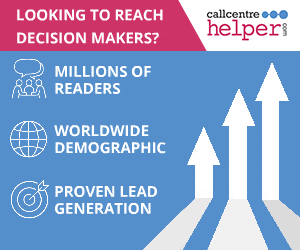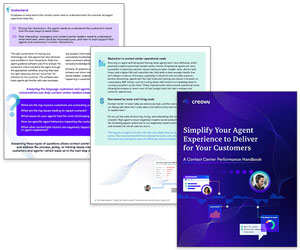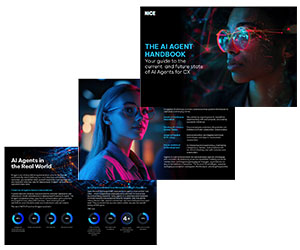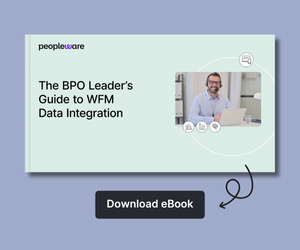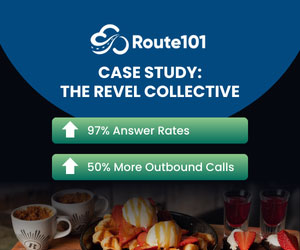Determining the ideal sample size for quality assurance (QA) is crucial, especially for organisations without specialist tools like speech analytics. Striking the right balance ensures a fair evaluation of performance without overburdening resources.
To find out what the best sample size is for quality scoring if you don’t have specialist tools we asked Garry Gormley, Founder of FAB Solutions, for his advice.
Video: What’s the Best Sample Size for Quality Scoring?
Watch the video below to hear Garry’s insights on the best sample size for quality scoring:
With thanks to Garry Gormley, Founder of FAB Solutions, for contributing to this video.
How Many Calls Do QA Need to Listen To?
A sample size of five to six calls per agent is often considered optimal for QA. This range provides a good balance, offering enough data to fairly assess performance while remaining resource-efficient.
Sampling fewer than five calls can lead to an incomplete picture, making it harder to give an accurate and representative quality score.
“When you think about the score that a lot of people aim for with quality, sometimes it starts around 80%, and generally if you’ve got less than five it might start to become a little bit more problematic for agents to actually achieve that score. Which is why I say as a minimum five, ideal probably six.” – Garry
The Risks of Sampling Too Few or Too Many
Assessing fewer than five calls risks missing key insights. It may fail to capture a true representation of an agent’s strengths and areas for improvement.
On the other hand, assessing more than six calls can be resource-intensive, particularly in contact centres where calls often last 10–15 minutes.
Larger sample sizes place unnecessary strain on QA teams without significantly improving the quality of insights.
“If your calls are typically what we might see in the contact centre maybe anywhere between 10 to 15 minutes long sometimes, if you’re then doing more than five or more than six, and in some cases I’ve seen people doing it up to 20 audits on an agent.
It really requires a significant volume of resource, and it’s not necessarily going to give you any additional insights doing that volume of audit.”
Why 5-6 Calls Is the Sweet Spot
The key to effective QA lies in balancing accuracy with efficiency. Sampling five to six calls offers a manageable and representative approach.
This balance helps ensure fair scoring, meaningful feedback, and efficient use of time and resources.
By focusing on this sweet spot, contact centres can maintain high standards without overextending their teams.
“If we go too low, that obviously means that we’re not really sampling enough of the pot to give a representative sample of how the agent’s QA scorecard is, or how the performance of that individual is.
That can have two impacts, I suppose. One, you’re not sampling enough of the good stuff, so you’re not able to give some of that really fair and accurate rationale to how they’re performing.
At the same time, if we are going too high, it really takes a toll on the resource that you need to actually do that.”
If you are looking for more great insights from the experts, check out these next:
- Tips to Write Better Customer Emails
- How to Use the 3 Strike Rule in the Contact Centre
- How to Use the Sandwich Technique for Customer Service
- Four Ways to Reduce Agent Burnout and Attrition
Author: Robyn Coppell
Reviewed by: Hannah Swankie
Published On: 1st Oct 2024 - Last modified: 12th Aug 2025
Read more about - Video, Agent Performance, Garry Gormley, Quality, Top Story, Videos




